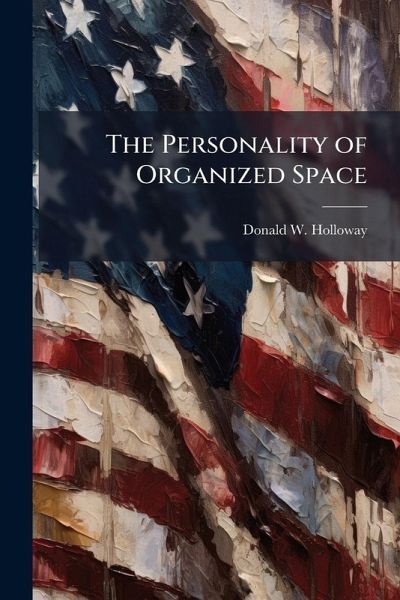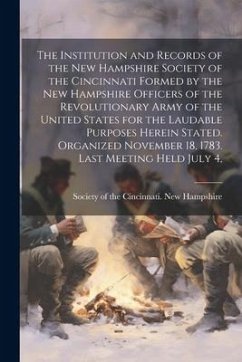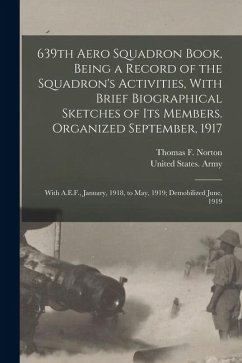
The Personality of Organized Space

PAYBACK Punkte
8 °P sammeln!
The United States Air Force's involvement in space is slightly longer than 50 years. Air Force Space Command, the primary organization responsible for organizing, training and equipping Air Force space, is 25 years old. This study selects key events from the brief history of Air Force Space Command to tell a story about the organizational personality of Air Force Space Command from its establishment in1982 to present. This thesis suggests certain traits may have been present within Air Force Space Command throughout this brief organizational history. By tracing the development of Air Force Spa...
The United States Air Force's involvement in space is slightly longer than 50 years. Air Force Space Command, the primary organization responsible for organizing, training and equipping Air Force space, is 25 years old. This study selects key events from the brief history of Air Force Space Command to tell a story about the organizational personality of Air Force Space Command from its establishment in1982 to present. This thesis suggests certain traits may have been present within Air Force Space Command throughout this brief organizational history. By tracing the development of Air Force Space Command's organizational personality against a contextual backdrop of the Cold War, the failure to successfully partner with NASA in the 1980s on the space shuttle program, the military success of the Persian Gulf War, as well as the merger of ICBM operators into Air Force Space Command, this paper offers suggestions for today's students and tomorrow's senior leaders in the military space community. This work has been selected by scholars as being culturally important, and is part of the knowledge base of civilization as we know it. This work was reproduced from the original artifact, and remains as true to the original work as possible. Therefore, you will see the original copyright references, library stamps (as most of these works have been housed in our most important libraries around the world), and other notations in the work. This work is in the public domain in the United States of America, and possibly other nations. Within the United States, you may freely copy and distribute this work, as no entity (individual or corporate) has a copyright on the body of the work. As a reproduction of a historical artifact, this work may contain missing or blurred pages, poor pictures, errant marks, etc. Scholars believe, and we concur, that this work is important enough to be preserved, reproduced, and made generally available to the public. We appreciate your support of the preservation process, and thank you for being an important part of keeping this knowledge alive and relevant.









![Standing Orders of the 7th Battalion Fusiliers [microform]: Organized 27th April, 1866 Cover Standing Orders of the 7th Battalion Fusiliers [microform]: Organized 27th April, 1866](https://bilder.buecher.de/produkte/66/66196/66196676n.jpg)


